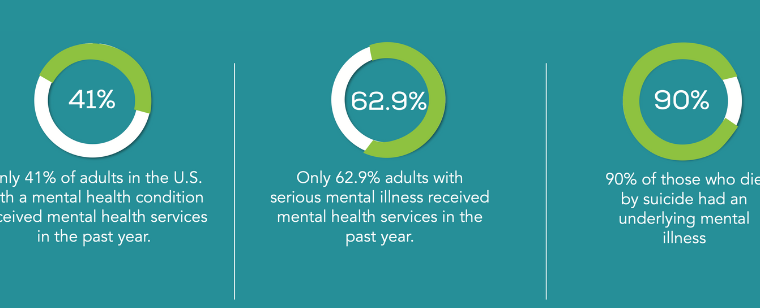Of Clean Air and COVID
HVACuate the Coronavirus
In a little-noticed shift, the Federal Centers for Disease Control has issued guidelines for how often air should be changed in a room to lower the risk of COVID. The answer is: 5 times an hour.
This is actually kind of a big deal. COVID researchers had to fight for recognition of the disease’s airborne transmission. Then they had to pressure the CDC to issue these recommendations.
We at the WCC find this news exciting for several reasons. Improving the air quality in your church buildings is a good way to take action in this new era without good information about COVID levels in our communities.
The benefits aren’t limited to COVID, either. The guidelines will “will help with many other airborne hazards like wildfire smoke, allergens and other infectious diseases, such as the flu” according to Joseph Allen of Harvard University’s Healthy Buildings Program.
Cholera and other waterborne diseases prompted the development of modern water sanitation. We’ve long thought that COVID should do the same for indoor air standards. This is a step in the right direction, even if only a tentative one. Because HVAC (Heating, Ventilation and Air Conditioning) regulations are set in local building codes, the CDC can only recommend, not mandate, these standards
So, in all: neat! But what does it have to do with you? Here’s the basics: keep your HVAC system maintained, change the filters regularly, and make sure they fit the system properly.
The CDC has some “enhanced” strategies as well:
- Aim for 5 changes an hour: this is the new part. You may need to use several strategies to achieve this level.
- Upgrade filters: MERV-13 or better, please!
- Turn your HVAC system “on”: instead of setting it to Auto. We get it: cost-conscious members prefer to use the heat or a/c as little as possible. But for clean air, it’s helpful to let them run for 1-2 hours before and after building use.
- Add fresh air. Open a window or a door, and use exhaust fans. If your building is located in the country, this may lead to additional fresh dairy-air. We apologize for that.
- Use air cleaners (aka air purifiers) to filter germs. You can buy them commercially or build them yourself.* The CDC has a wonderful section on one of its pages giving specifications for an effective homemade air cleaner. “Adequate amounts of duct tape should be used to prevent leaks during assembly!” they say.
- Install UV air treatment systems to kill germs.
- Use portable carbon dioxide monitors, which can tell you if the air in a room is getting stale.
If you’re looking for cost-efficient ways to improve the air in your building, the CDC has you covered there as well. A table on their website lays out the pros and cons of different approaches.
If you’re still nervous, consider this: 5 complete air changes in an hour might sound like a lot. But it’s only a little higher than the goal for all spaces with HVAC systems. And churches already typically shoot for 8-15 changes an hour. So it might be a bit of a challenge for some buildings, but it is in fact doable.
And again, these changes are good for a whole lot more than COVID. Who doesn’t like clean air? More important, who doesn’t benefit from it? Nobody, that’s who.
*Read more about DIY air purifiers made by the youth group at St. Dunstan’s Episcopal in Middleton, and/or see the photos below.
The Links
- Wisconsin Health Literacy is hosting a free virtual summit that will address Covid-19 vaccine community outreach in a post-emergency era. This summit will explore the current factors that affect the public’s behavior and assessment of risk. The conference will feature public health and community leaders sharing their insights and best practices. (Thursday, June 8, 9 a.m. – 2 p.m., Register here.)
- A recent study reveals 1.63 Million early deaths in the US Black population over the past two decades. May God have mercy on this nation.
- Americans still approve of childhood vaccinations, with some exceptions.
- The healthiest counties in all 50 states. Wisconsin’s may surprise you!






